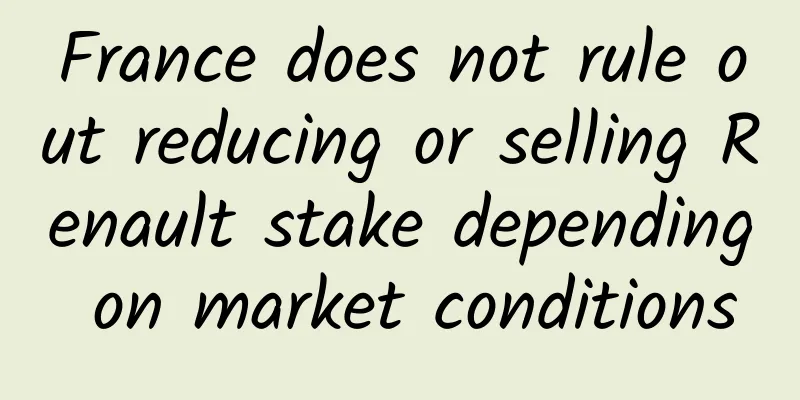JD Power: 2022 China New Car Purchase Intention Study

|
Research shows that the brand influence of independent new forces has increased significantly, with the greatest improvement; the purchase intention rate of independent new forces has also increased most significantly, driving the overall purchase intention rate of independent brands to be further improved. This is the 14th consecutive year that JD Power has released a study on Chinese new car purchase intentions. The study focuses on the potential car buyers' awareness and preferences for car brands, their experience with intelligent configurations, the specific brands and models they are considering purchasing, their preferred car configurations, and factors they consider when purchasing. Potential car buyers are consumers who plan to buy a car within the next six months. The brand influence score (BIS) included in the study is a comprehensive evaluation index based on brand awareness, brand familiarity, and brand preference. The research found that the brand influence score of independent emerging brands increased by 52 points, the largest improvement, ahead of traditional independent brands (increase of 38 points) and international brands (increase of 24 points). At the same time, the study also found that the purchase intention rate of domestic brands has further increased, with 53% of potential customers intending to purchase domestic brands. Among domestic brands, the purchase intention rate of new power brands has increased more significantly, reaching 67%. The purchase intention rates of other countries' car series have all declined. Wang Qinghua, General Manager of JD Power China Joint Research, said: "As the 'New Four Modernizations' have led to rapid changes in China's auto industry in recent years, the performance of independent new power brands has continued to strengthen, driving the overall upward progress of independent brands. Fundamentally, it is the innovative behavior based on key technologies and actual consumer needs that has quickly, effectively and continuously brought infinite vitality to the brand. The positive feedback from consumers reflects the improvement of trust in 'Made in China'. This also puts forward higher requirements on how to effectively compete in the Chinese auto market, especially in the new energy field. For major new energy manufacturers, the key to standing out is to fully tap into consumers' requirements for design, performance and configuration, and based on this, further enhance and connect different smart scene experiences; at the same time, by selecting channels that suit consumers' different preferences for promotion, they can deepen their understanding of the products and ultimately achieve further sales growth." Other findings from the study include:
|
<<: The next decade: artificial intelligence
>>: Shadows in the Sun! The death list of smart hardware is here
Recommend
What is the difference between hair dryers that cost dozens, hundreds, or thousands?
If you go to an online store to buy "hair dr...
Is it reliable to determine parent-child relationship based on blood type? Why is it so difficult to determine parent-child relationship based on blood type?
Audit expert: Jin Tao Chief Physician of Hematolo...
Great news! A salt-tolerant rapeseed has emerged? | Expo Daily
my country has made a breakthrough in developing ...
Seven excellent tools that mobile developers must know and detailed explanations in Chinese
[[130837]] The low-coding mobile development tool...
How to increase the number of APP downloads from 0 to 3 million?
In April of this year, I was looking for product ...
What does the last column of the nutrition facts table mean?
Nowadays, many people are very familiar with chec...
How to make the blessing video of black mercenaries on Taobao?
The Black Mercenary Blessing Video was shot by ou...
How much does it cost to develop a check-in mini program in Zhumadian?
WeChat Mini Program is an application that users ...
In September, domestic 5G mobile phone shipments accounted for 70.5%
Recently, the China Academy of Information and Co...
Ezhou SEO training: page template updates, 404 page usage and redirection issues are all Xiong Zhanghao page transformation comparison
When configuring the Xiong Zhang account, you fir...
Example analysis: How does Love Bank APP achieve user fission?
The user fission of Love Bank is very ingenious. ...
Kuaishou information flow advertising, you will understand after reading it
summary: To help you understand the relevant know...
How to use content marketing to achieve 15 million APP exposures and 200,000 downloads in 1 day?
During the APP promotion process, marketers usual...









